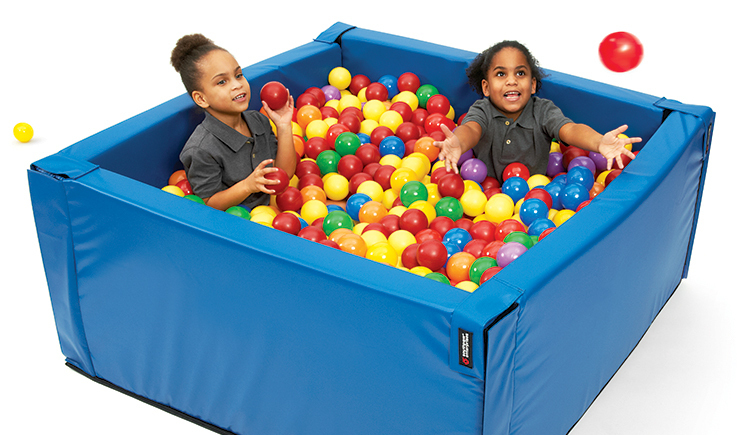The research, education and awareness of neurodivergence, mental health, and sensory and emotional regulation challenges in individuals continue to be at the forefront of our profession. Most of the education and resources that precede the research are well-established for children in early and secondary education. However, what happens when these same young adults transition to higher education? Who is ensuring that these students have access to resources that enable them to fully integrate into the university campus experience? Unfortunately, the factors that have led to success in early and secondary education often disappear when these students enroll and transition into the university setting. Therefore, universities are being called upon to move past traditional academic accommodations to meet their students’ needs and create inclusive environments that support all students.
When a new student arrives on a university campus, they are met with an overwhelming amount of sensory input, increased academic stress, and new social opportunities. Think about the cafeteria, alone—the visual stimuli, the smells, the noise, and not to mention the food! The impact of these experiences on individuals with neurodivergence, sensory and emotional regulation needs and mental health challenges must be realized and taken into consideration. Accardo et al. (2024)[i] explored the perspectives and priorities of neurodivergent students, faculty, and professional staff. Results indicated that participants prioritized expanding mental health support, training faculty on neurodiversity, including neurodiversity in DEI initiatives, and providing specific supports for neurodivergent individuals.
These findings align with the Saint Francis University (SFU) administration and a generous university donor who challenged the Master of Occupational Therapy (MOT) program and its students to address the growing sensory regulation needs of university students through the development and implementation of a sensory room.
To develop this universally accessible sensory space, students collaborated with other universities that house existing sensory spaces and surveyed the SFU student body to prioritize educational, sensory and equipment needs. The student survey revealed that 69% of students were unaware of their sensory needs but expressed interest in learning more. The MOT students provided educational opportunities campus-wide to begin the conversation and researched best practices in implementing a sensory room for adults. Through the lens of graduate-level occupational therapy students, all aspects of the room were considered, from the color of the walls to the design of the carpet. The room features a chair swing, rocking chair, trampoline, therapy balls, weighted blankets, tactile tools, various seating options, auditory and visual opportunities, including the Southpaw Bubble Tube.
The sensory room at SFU opened in the Spring of 2021 and has benefited many students on campus. Research has continued to assess the impact of the sensory room while also developing new initiatives to enhance the university experience for all students. In one study, the weighted blanket was the most frequently cited helpful tool, followed by the chair swing and the visual resources, including the Southpaw Bubble Tube. Students have indicated that they appreciate having a dedicated space to decompress. These findings affirm and highlight the value and importance of creating accessible, multi-sensory environments to enhance student well-being, sensory regulation, and overall access to the university experience.
[i] Accardo, A. L., Bomgardner, E. M., Rubinstein, M. B., & Woodruff, J. (2024). Valuing neurodiversity on campus: Perspectives and priorities of neurodivergent students, faculty, and professional staff. Journal of Diversity in Higher Education. Advance online publication. https://doi.org/10.1037/dhe0000571



